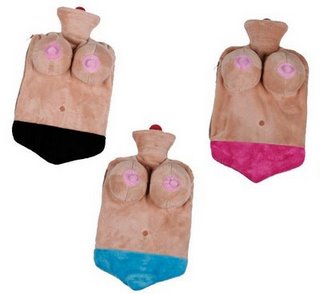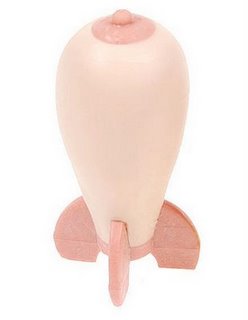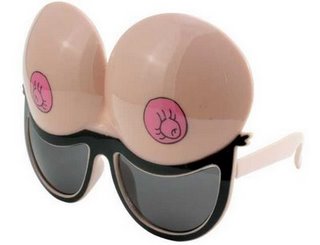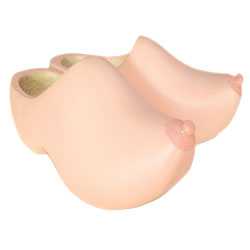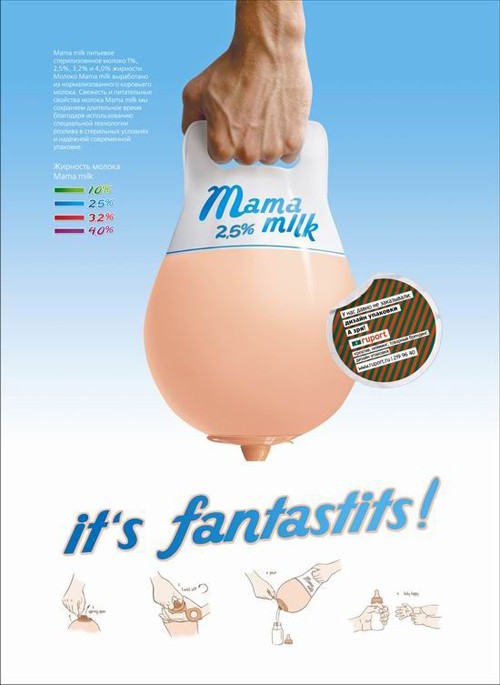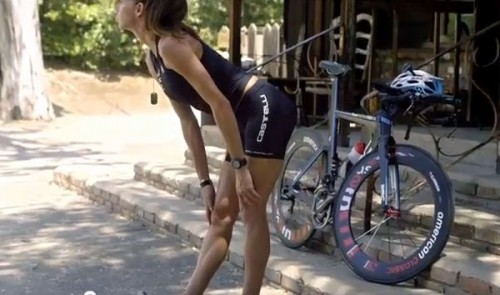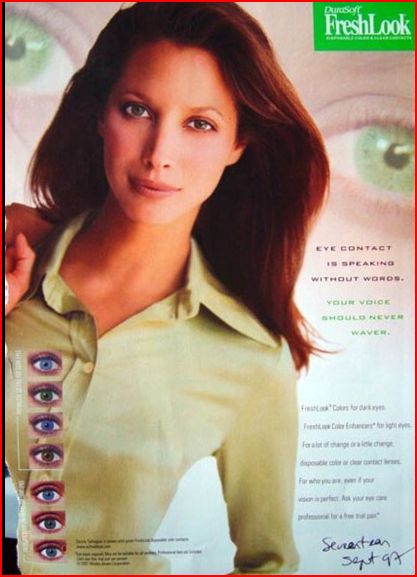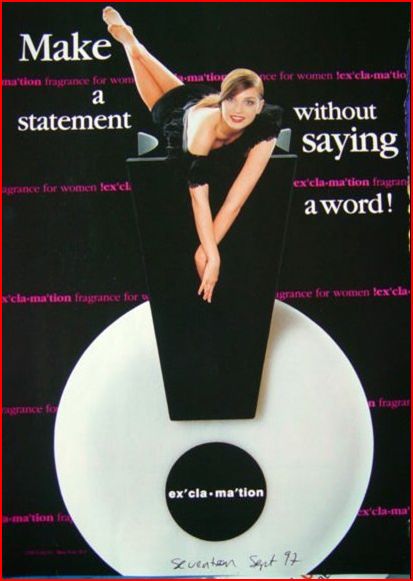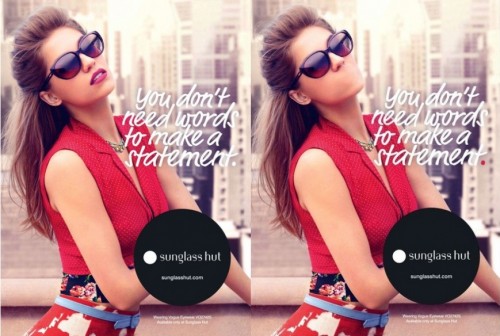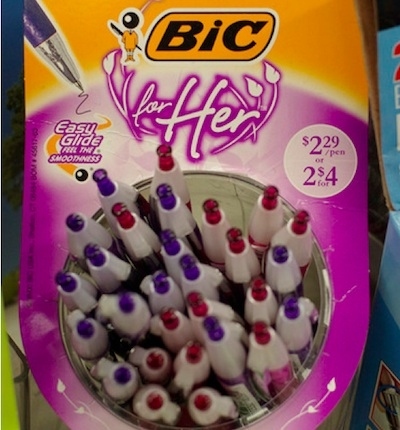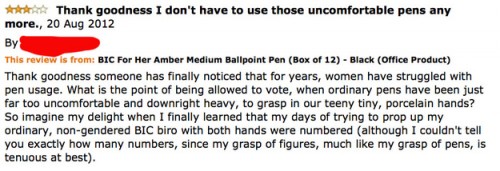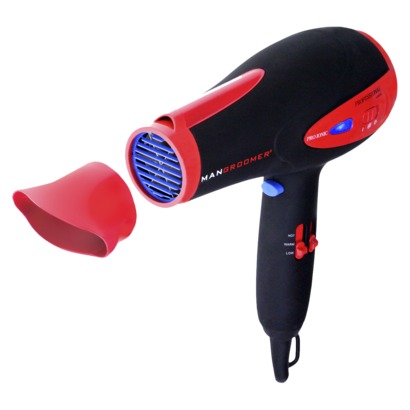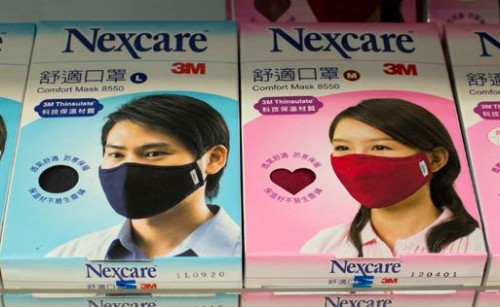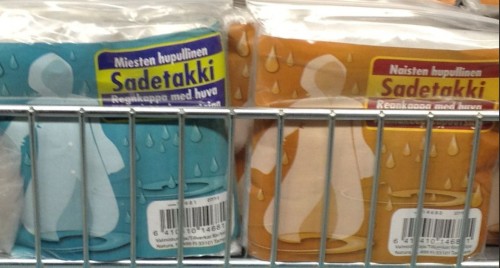Dolores R. sent in a cartoon by rampaige. It seems unlikely that a man would randomly criticize a woman in a scoop neck t-shirt for the existence of her breasts, but it happens more often than you think.
I’m a bit busty, and a girl, and strangers have occasionally given me “advice” about my breasts. Once I was told by a man I had just been introduced to that I shouldn’t wear sweaters. Stumped — and living in Wisconsin — I asked why. He explained that sweaters have “pile,” by which he meant that the fabric was thick. The thickness of the fabric, he said, made my boobs look even bigger. Since that was a bad thing, apparently, he advised me to avoid sweaters. Weird, I know. But I’m just saying, this stuff happens.
Lisa Wade, PhD is an Associate Professor at Tulane University. She is the author of American Hookup, a book about college sexual culture; a textbook about gender; and a forthcoming introductory text: Terrible Magnificent Sociology. You can follow her on Twitter and Instagram.

